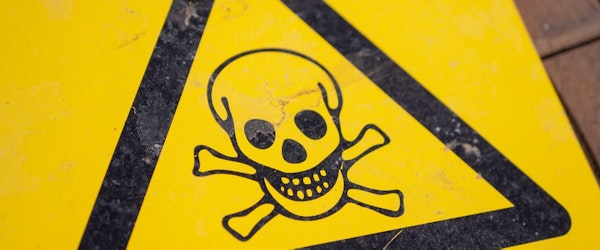
OSHA Updates Hazard Communication Standard for Better Alignment with Global System
Wednesday, May 29th, 2024 Education & Training Insurance Industry Legislation & Regulation Risk ManagementOn May 20, the Occupational Safety and Health Administration (OSHA) published significant revisions to its Hazard Communication Standard (HazCom) to better align it with the United Nations’ Globally Harmonized System of Classification (GHS). This update aims to provide a consistent approach to classifying chemicals and communicating hazard information, addressing unresolved issues from the last revision in 2012.
John Ho, co-chair of the OSHA Workplace Safety Practice at Cozen O’Connor P.C., commented that stakeholders generally view this alignment as beneficial due to the consistency it brings to chemical classification and hazard communication. The new regulations, effective from July 20, will primarily affect chemical manufacturers, importers, and distributors, who will need to update labeling requirements and safety data sheets.
Downstream users, such as companies handling and storing chemicals, will need to revise their employee training protocols to comply with the new standards. Valerie Butera, senior counsel at Conn Maciel Carey LLP, noted that updating training programs will likely be the most significant impact on these users.
The revised standard has sparked controversy among large manufacturers concerned that increased disclosures on chemical makeup could compromise trade secrets. OSHA, however, maintains that such disclosures are crucial for protecting workers from chemical exposure and ensuring that emergency healthcare providers have the necessary information to respond effectively.
To balance the need for transparency with trade secret protections, OSHA has included provisions requiring manufacturers to disclose chemical information to healthcare providers in emergencies. Andrew C. Brought, a partner at Spencer Fane LLP, emphasized that adherence to existing HazCom rules has been problematic, with HazCom violations frequently resulting in significant penalties.





